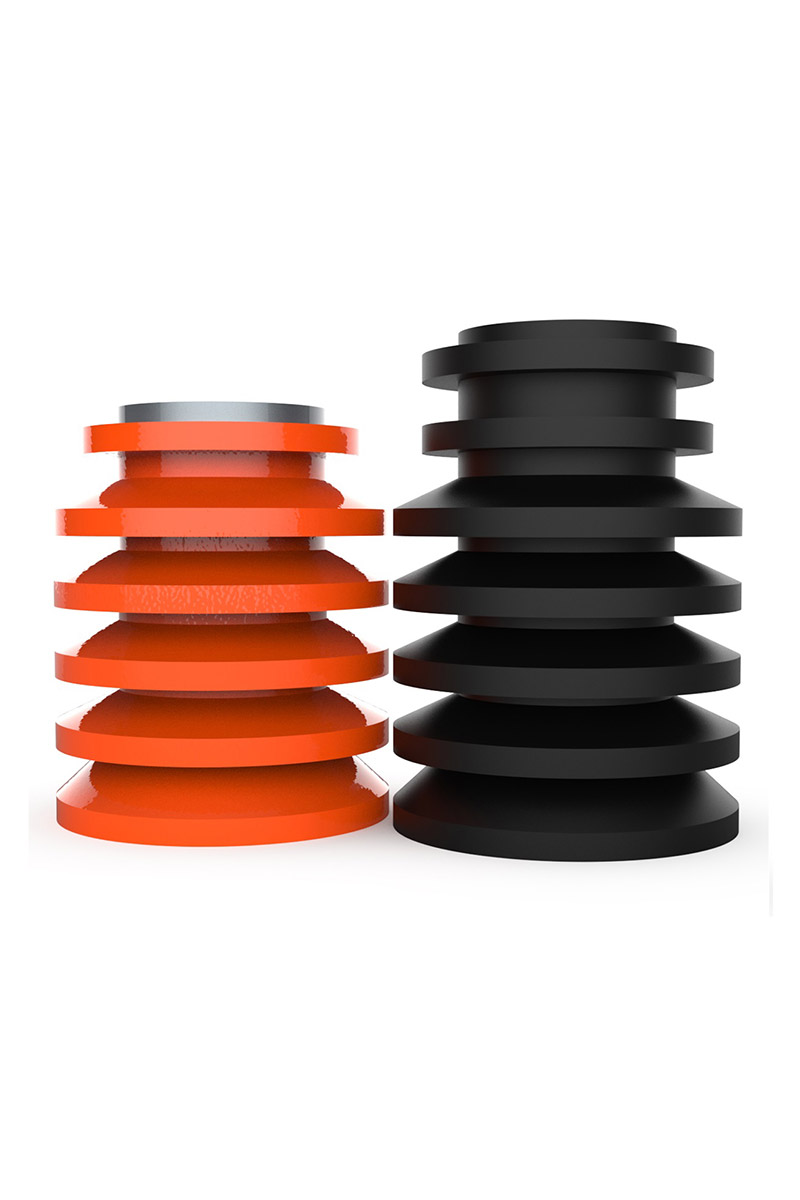People drilling for gas and oil must make sure everything stays safe and operates as it should. A cementing plug is one unusual instrument that aids. These plugs protect the ground and water surrounding the well, keep things neat, and stop leaks. Large corporations create this useful equipment; examples of this include cementing plug manufacturers in India. Let’s find out their working mechanism.
What Are Cementing Plugs?
- Cementing plugs are these little stoppers to keep the well safe. They are of strong rubber and other materials. There are two main kinds of plugs:
- Bottom Plug: This plug keeps the cement and the drilling mud separate, so they don’t blend.
- Top Plug: The plug pushes the cement into the right spot and keeps it there.
- They are both plugs to keep the well strength and stability at the same time.
What Are Cementing Plugs?
- Combination Cementing plugs also make wells safe and work as they are meant to. Here’s the way:
1. Maintaining Separative Layers
- . Cementing plugs help keep layers of soil from integrating. The top plug holds everything together, the bottom plug keeps everything neat. It is easy to get good well sealing.
2. Stopping Mixing Problems
- The cement will not be strong if the cement and the mud mix. They’re kept apart by cement plugs which make the cement work the way it’s supposed to.
3. Blocking Leaks
- Sometimes, fluids in the ground will try to move where they shouldn’t. This is prevented by cementing plugs, which make a tight seal.
How Cementing Plugs Make Wells Safer
- Working on wells is extremely dangerous. Cementing plugs help in these ways:
1. Stopping Big Problems
- If fluids begin to spew from a well, it may be rather dangerous.
- Cementing plugs help to keep things under control, preventing this.
2. Preserving Environment
- The spilling of fluids by Wells can damage the surroundings.
- Cementing plugs help to stop leaks and in the process keep the land and water free from pollution.
Companies like cementing plug manufacturers in India create plugs designed to assist with this.
3. Making Wells Last Longer
- Wells stay strong for a long time with cementing plugs.
- Less worry about problems later and fewer repairs.
There are Things to Consider when Using Cementing Plugs
- To use cementing plugs the right way, you need to:
- Choose plugs from good materials.
- Make sure the plugs fit well.
- Workers have been trained to put the plugs in the right place.
- Ensure the plugs work right.
Conclusion
Cementing plugs are small tools that do big jobs. They keep wells safe, stop leaks, and protect the environment. Thanks to cementing plug manufacturers in India, these tools are made strong and reliable. Using cementing plugs is a smart way to make sure oil and gas wells work safely for a long time. As new ideas come along, these plugs will get even better at their job.

